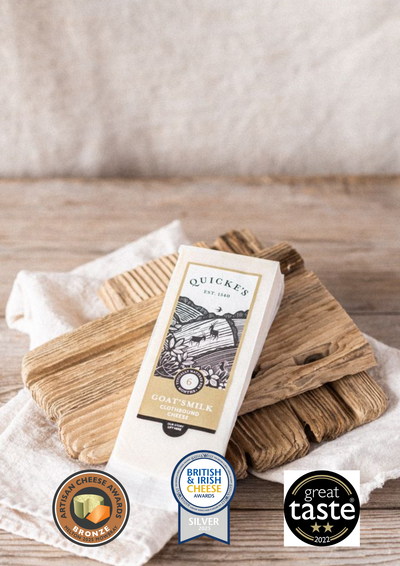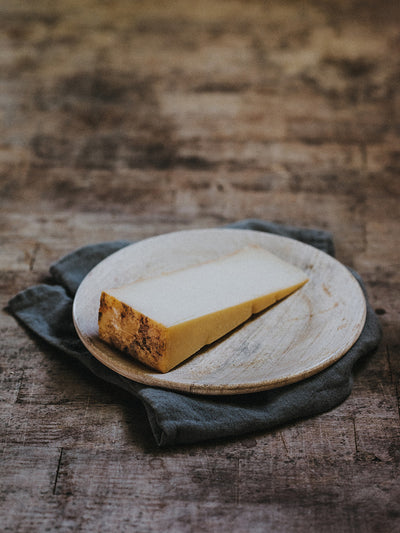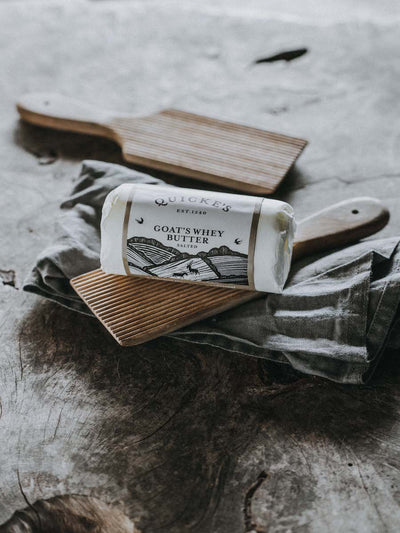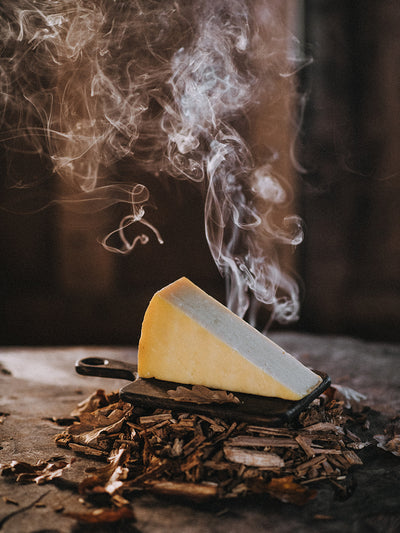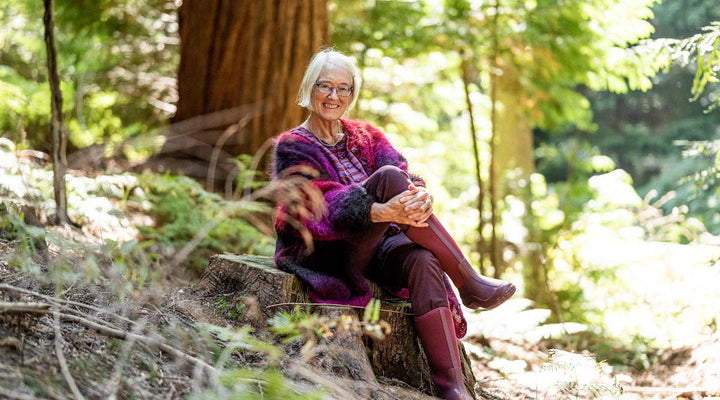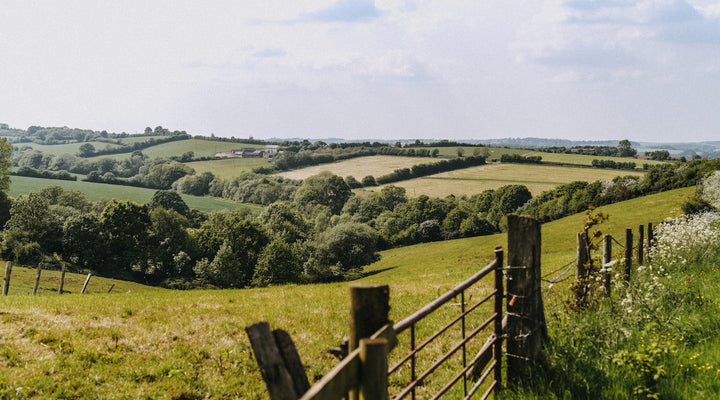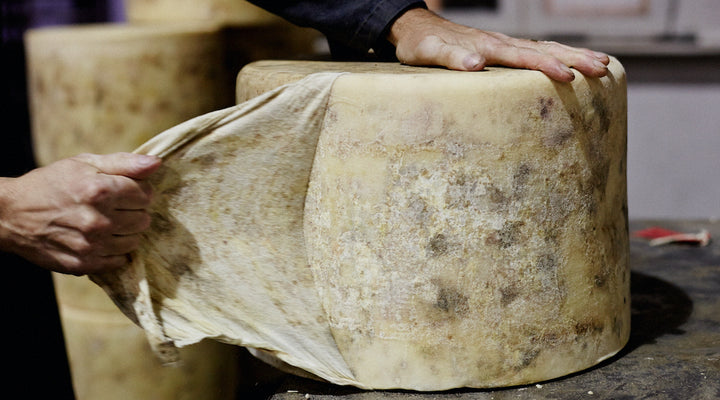NATURE
May is my favourite month: does everyone love the month of their birth the best? I love that riot of growth, greens of every shade (and some that seem impossible) splashed over the landscape, the last of the leaves unfurling. This spring I’ve noticed how a tree bursts into leaf all at once: each oak, ash or poplar, birch, hazel, or last of all, beech, pops out overnight. The hedgerows are filled with flowers. I love the Queen Anne’s Lace (cow parsley), growing tall out of the hedges, each tiny floret feeding tiny insects. I love it that the hawthorn flowers are known as May: such a joyful sight. And at the end of the month, the elders start flowering: time to pick for cordials and our cheese. I love this story my daughter tells:
Like rowan, people saw elder as being a protective tree. It was auspicious if it was growing near one’s dwelling, especially if it had seeded itself there. If the rowan’s place was at the front of the house, the elder’s was at the back door; people believed it kept evil spirits from entering the home. The aroma of the leaves has long been known to repel flies. So this folklore may have been borne out of the need to keep disease-carrying insects away from the kitchen. People also hung bunches of leaves by doorways, in livestock barns and attached to horses’ harnesses. Planted around dairies people believed it kept the milk from ‘turning’. They hung cheese cloths and other linen involved in dairying out to dry on elder trees. The smell they absorbed from the leaves may have contributed to hygiene in the dairy. Elder trees were also planted by bake houses as protection from the Devil (what with all those hellishly hot ovens within!) and loaves and cakes were put out to cool under the elders.

ARABLE
The crops are all developing fast. Cereal crops are all in the grass family, single seed leaves and ears borne on each plantlet. The ears are moving up the stems now (you can feel the little fat embryo ear if you run your hand down the developing stem). Now we rely on good soil condition for the roots to feed this tremendous growth. The manure we have spread on the arable fields, and the grass clover break we are putting in is getting our soils more friable, as well as giving us measurable increases in organic matter, good for crops and the climate together. Our damp climate means that the only grain we grow for human consumption is oats (for oat flakes). We can’t grow wheat of the right protein for human consumption, and contracts for barley for malting are closely guarded by those who have them. As much as anything, our cereal crop grows straw for feed and bedding, which last winter, before the recent price rises, became astonishingly even more valuable than grain.
GRASS
In the pastures, the grass is growing like crazy, faster than the cows can eat it. To keep the grass leafy, we cut it into silage. Where once the whole village would turn out to scythe and turn and pile the grass for hay, now just a few people with machines do the work to feed our animals and ourselves. We make silage, where the grass is cut when it’s leafy, rather than stalkier as you do with hay, because our climate doesn’t give us the week or so of reliable fine weather to make good hay for all our cow feed.
COWS
The young spring born calves are grazing in sheltered fields, just eating the most tender grass. Their older sisters are out in their own little bowl of land, under the eye of an old Saxon bury, or earthwork castle. The field next to it is called Berry Meadow to remember it. I don’t know why the next door field is called Cholder. All our fields have ancient names. I love the one called Tumbling Down, which is a field with a hilltop in it, and slopes in every direction from the top. We have started naming our celebration cheese cakes after our fields: Lilley Top, Silver Marsh, Yonder Meadow, Little Down, Whidden Steep.
We start to sate our cows’ desire for the bull this month. We use some sexed semen, to breed just heifers from our most fertile cows in the first six weeks, which takes us through to June. Then we use beef semen, and finally any cows not in calf get the our little Angus bulls. Our cows get in calf well. The roaring grass growth gives their bodies the confidence to conceive and implant an embryo. The heifers get one chance to breed a dairy daughter, and immediately after join the bull. They are really frisky now and competing for the bull’s attention or a calf on board will calm them. I saw the heifers ready for the bull charge up and down the field for the sheer fun of it in the evening light.
DAIRY
Our British cheese styles have developed alongside the need to feed silage rather than hay as the main winter feed. Silage has an active fermentation, whose bugs can find their way into the milk. Cheddar and the other British territorial cheeses acidify unusually quickly. The fast acidification suppresses any fermentation bugs that might come from the silage into the milk. Unlike slower acidifying cheeses, we mill the curd and dry salt the cheese, rather that immersing them in brine. We add salt to the curd so we can stop the fast acidification before it runs crazy and makes the cheese bitter. Cheesemakers who make cheeses like Parmesan insist their farmers feed hay (which makes well in the Italian sun) because those cheeses acidify too slowly to combat silage fermenting bacteria. They then slowly stop developing acidity over a couple of weeks as the salt seeps into the heart of the cheese from the brine. I love how cheese tells the story of a place and its farming.
MARY QUICKE

